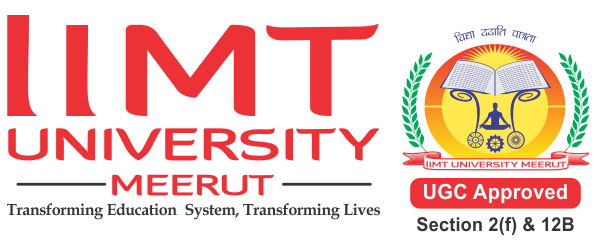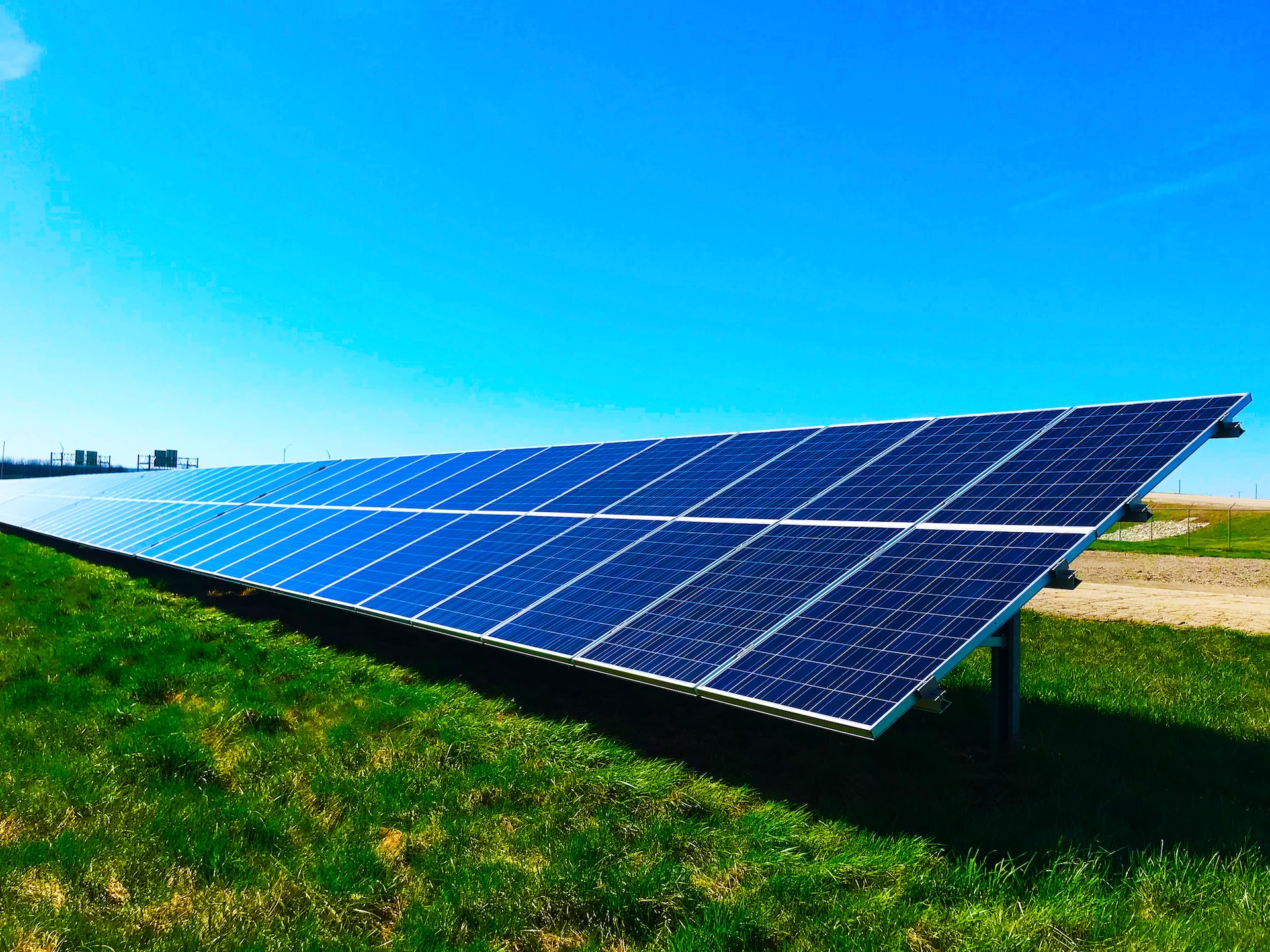❖ Introduction:

In the quest for sustainable and renewable energy, solar power has taken the lead, lighting the way toward a future that is cleaner and more environmentally friendly. In recent years, solar energy systems have experienced a notable surge in popularity, presenting an eco-friendly substitute for conventional fossil fuels. This blog initiates an in-depth journey into the realm of solar power systems, thoroughly examining the complexities inherent in both solar photovoltaic (PV) and solar thermal technologies. Let’s unveil the transformative influence of these systems, originating from the utilization of the sun’s energy, as they reshape the paradigm of energy generation.
1. The Radiant Revolution: Solar Photovoltaic Systems

In a global context where the importance of sustainable energy solutions is growing, solar photovoltaic (PV) systems have positioned themselves as key contributors to transforming our approach to power harnessing. This cutting-edge technology seizes the plentiful energy emanating from the sun and transforms it directly into electricity, presenting a sustainable and clean alternative to conventional energy sources. We will delve into the basics of solar photovoltaic systems, investigating their functionality, applications, and the environmental advantages that position them at the forefront of our evolving energy panorama. Embark on an exploration into the core of solar PV technology with us, where sunlight metamorphoses into a potent force propelling us towards a more sustainable future.
1.1. Photovoltaic cells

Sunlight Absorption: Upon striking the surface of the photovoltaic cell, the semiconductor material absorbs the energy conveyed by photons.
Generation of Electron-Hole Pairs: The absorbed energy induces excitement in electrons within the semiconductor material, leading to the formation of electron-hole pairs.
Electrons acquire sufficient energy to detach from their atomic bonds, leaving positively charged “holes” in their wake.
Creation of Electric Current: The motion of these liberated electrons and holes generates an electric current within the material, producing direct current (DC) electricity.
Electrical Output: Internal connections of the solar cell capture and guide this electric current towards external circuitry, where it can be utilized for a variety of applications.
Different types of photovoltaic cells are accessible, with monocrystalline and polycrystalline being the predominant varieties. Monocrystalline cells, celebrated for their superior efficiency, are manufactured from a single crystal structure. In contrast, polycrystalline cells are constructed from multiple crystal structures, presenting a more economical alternative.
Continuous progress in photovoltaic cell technology, combined with ongoing research and development, plays a role in enhancing efficiency, cutting costs, and broadening the applications of solar energy. Remaining pioneers in solar technology, these cells’ innovation and adoption play a crucial role in facilitating the shift towards a more sustainable and renewable energy future.
1.2. Solar Inverter Systems

2. Capturing Solar Heat: Solar Thermal Systems

Solar thermal systems capture the radiant heat from the sun to produce usable energy for a range of applications. Diverging from photovoltaic systems that directly convert sunlight into electricity, solar thermal systems concentrate on capturing and harnessing heat. These systems can be generally classified into passive solar heating, solar water heating, and concentrated solar power (CSP) systems.
2.1. Passive Solar Heating:

Passive solar heating entails the design of buildings or structures to optimize the absorption and retention of solar heat, eliminating the need for mechanical systems. This may encompass elements like expansive south-facing windows, thermal mass (materials designed to absorb and retain heat), and effective insulation.
2.2. Active Solar Heating System

Active solar heating represents a forward-thinking strategy for leveraging solar energy in residential or commercial heating applications. In contrast to passive solar heating, which depends on building design for heat capture and storage, active solar heating utilizes mechanical or electrical devices to improve the collection and distribution of solar heat. Designed to optimize energy efficiency, this approach aims to deliver a more controlled and consistent heating process.
2.3. Solar Water Heating:
Solar water heating systems harness the energy of the sun to warm water for residential or commercial purposes. These systems typically comprise solar collectors that absorb sunlight and convey the heat to a fluid, along with a mechanism to circulate the heated fluid to a water storage tank.
2.4. Concentrated Solar Power (CSP) Systems:
CSP systems focus sunlight by employing mirrors or lenses onto a limited area, generating elevated temperatures. The intensified heat is subsequently utilized to generate steam, propelling turbines linked to generators and ultimately producing electricity. Typical variations of CSP systems encompass parabolic troughs, solar power towers, and parabolic dish systems.
2.5. Advantages of Solar Thermal Systems:
Renewable Energy Source: Solar thermal systems depend on the boundless energy supplied by the sun, offering a sustainable and renewable power source. Reduced Greenhouse Gas Emissions: Through the utilization of the sun’s heat, these systems play a role in reducing greenhouse gas emissions compared to conventional energy sources.
Versatility: Solar thermal systems can be tailored for diverse applications, such as residential heating, water heating, and the generation of electricity.
2.6. Challenges:
⮚ Relying on sunlight, solar thermal systems function as intermittent energy sources. To ensure consistent power generation, the implementation of energy storage solutions or hybrid systems might be necessary.
⮚ The initial expenses associated with the installation of solar thermal systems, particularly for CSP, may be relatively high. Nevertheless, ongoing technological advancements are striving to reduce these costs.
⮚ As technology progresses, solar thermal systems possess significant potential for delivering clean and efficient energy solutions, thereby contributing to a more sustainable and environmentally friendly energy landscape.
❖ Conclusion:
The investigation into tapping into the sun’s energy has shed light on the transformative capacity of solar power systems. Exploring the complex mechanisms of photovoltaic cells and the versatile applications of solar thermal systems has revealed a range of innovations, laying the groundwork for a more sustainable and environmentally conscious energy future. Venturing into the core of solar technology, the prospect of renewable energy becomes more palpable, serving as a guiding light in our united endeavors to confront environmental challenges.
IIMTU effectively utilizes solar power through extensive photovoltaic installations across its campus. Solar panels generate clean energy, powering various facilities, reducing the carbon footprint, and promoting sustainability. This commitment aligns with IIMT’s vision for eco-friendly practices and exemplifies its dedication to harnessing renewable energy sources for a greener campus environment.
IIMT University effectively educates students on solar power through practical sessions and state-of-the-art laboratories. IIMTU integrates theoretical knowledge with real-world applications, fostering a deep understanding of solar technology and its sustainable impact. Students gain practical skills to contribute to the renewable energy sector. Delving into the comprehensive examination of solar power systems transcends mere scientific inquiry; it stands as an essential stride towards forging a more resilient and environmentally conscious future for generations to come!
Author: Dr. Subhash Chand
Assistant professor, Mechanical Engineering Department.
To learn more about solar power systems, click here:













